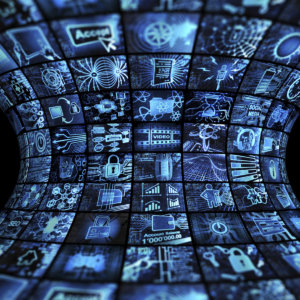Participant Questions From the Recent “Internet of Things” Webinar
Addressing some of the unanswered questions.
Topics
Competing With Data & Analytics
On July 30th, 2015, MIT Sloan Management Review hosted a free, live webinar on “Managing Data in the Age of the Internet of Things.” If you missed the webinar live, the recorded version is available for online viewing. You also can download the presentation (PDF). Thanks to everyone who participated in the webinar — we had a huge turnout.
At the end of the webinar, many participants asked questions. Unfortunately, time ran short, and we weren’t able to answer every question during the webinar itself. Instead, we’ll answer some of the most popular questions here. Sorry that we still won’t be able to get to them all, but we hope we’ve covered the ones asked by the most people. We’ve paraphrased some of the questions to provide context, combine similar questions, and anonymize them.
Do you think that an international organization would be required to take control of uniting the Internet of Things (IoT) into one system through controlling, standardizing, and providing security?
The idea of an organization to unify, secure, and simplify the IoT world is certainly appealing. Organizations could then focus on applications and usability rather than infrastructure. An integrated ecosystem could emerge with vendors able to optimize cohesive components. Even without complete security, organizations could at least quantify risk and avoid reinventing protocols.
But several issues create significant impediments. We’ll address them in terms of the elements mentioned in the question:
- Control. It would be difficult — and that’s an understatement — to reach an agreement about who would be in control. At minimum, numerous political and economic entities have conflicting interests.
- Standards. Agreements on standards are notoriously difficult to reach and often involve protracted “standards wars.” Certainly, standards will develop (and are beginning to emerge), but looking back on the growth of the Internet as an example, standards tend to develop over time and use rather than through initial fiat.
- Security. IoT should be able to build off existing security rather than requiring a fundamentally new initiatives.

